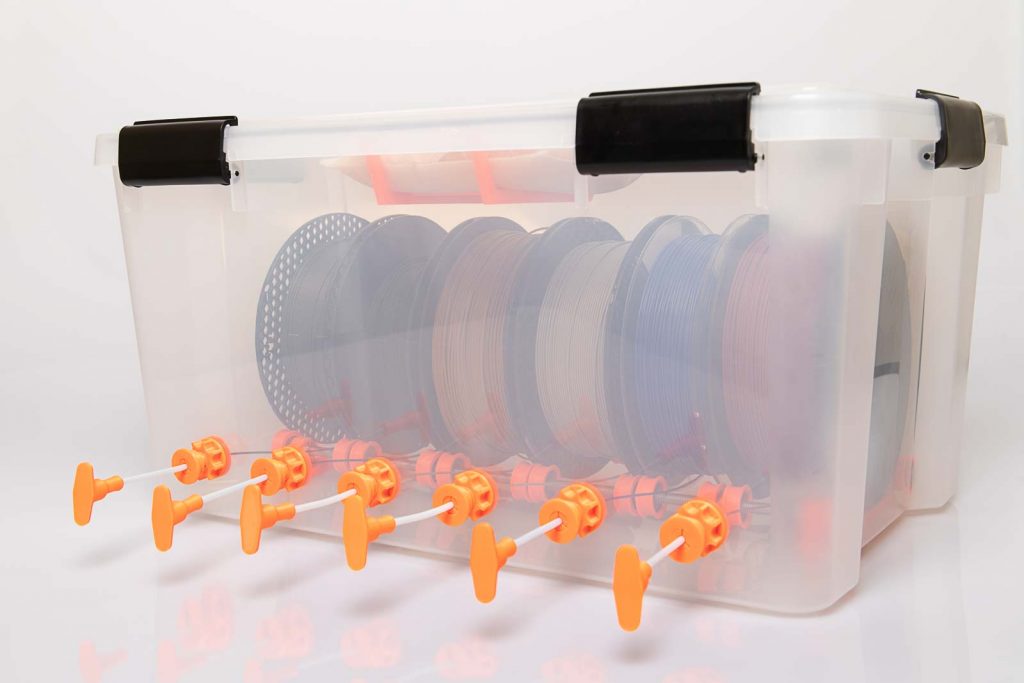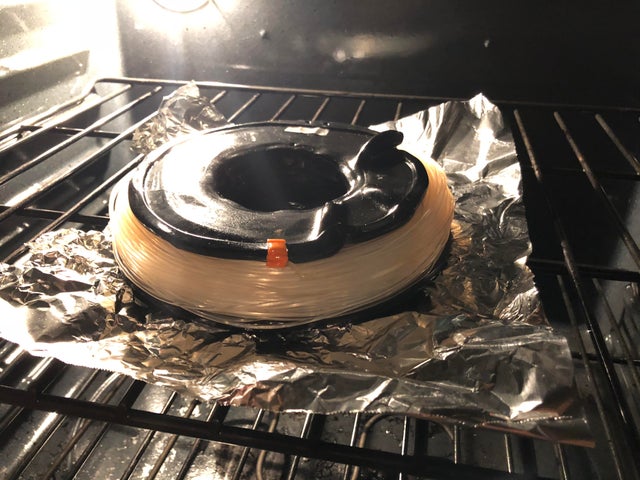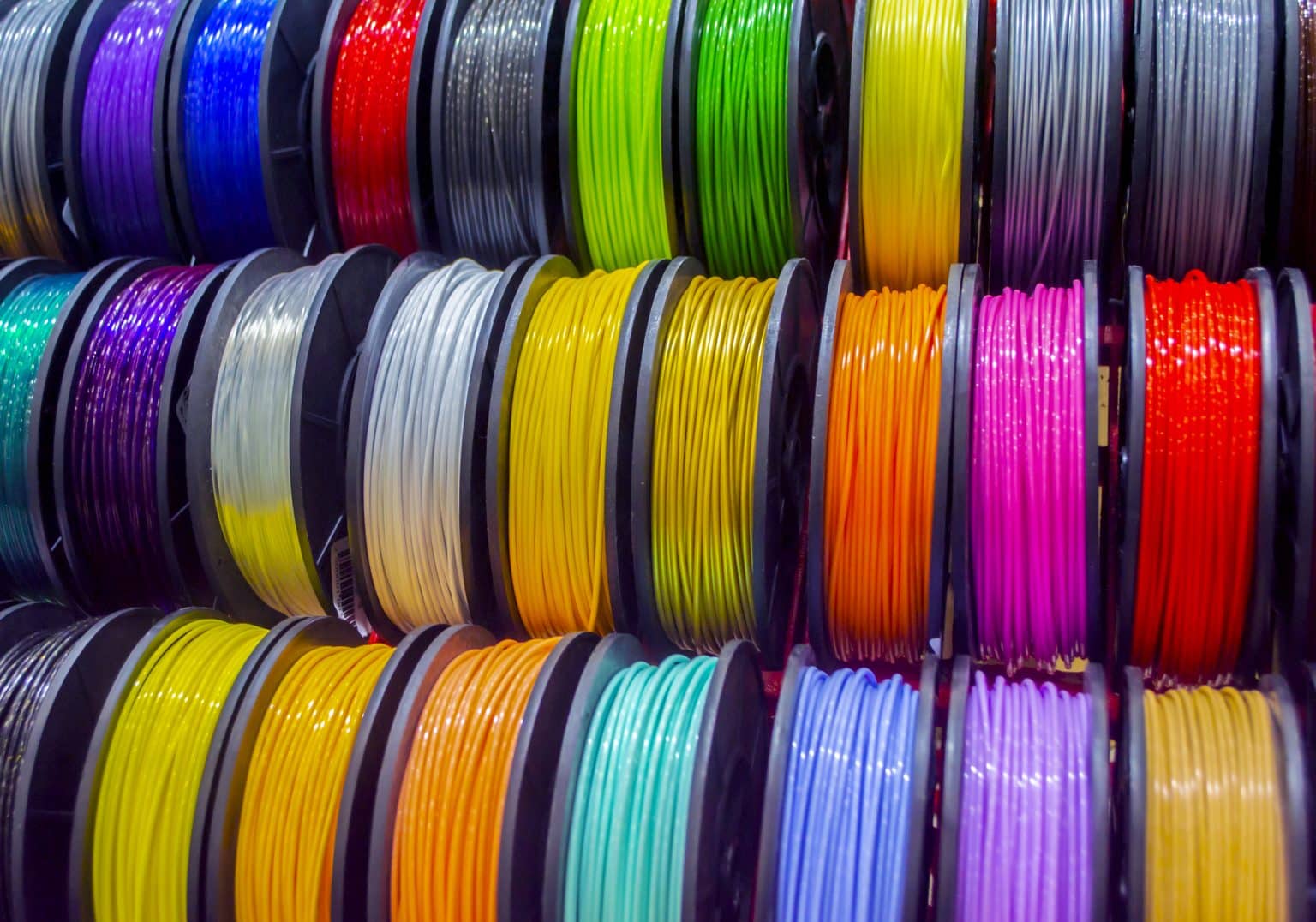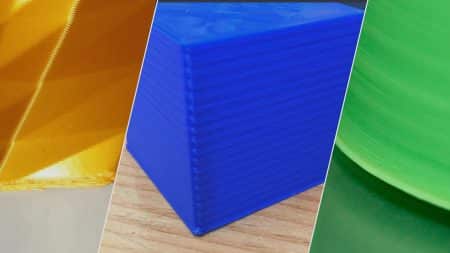Suppose you are a beginner or a seasoned hobbyist who uses 3D printing. In that case, you probably want to improve the quality of your 3D prints. However, some moisture can kill your productivity and make you fail. So it is better to keep your filament dry.
The two most popular filament types among enthusiasts are PLA and ABS. Therefore, learning the proper methods for home storage of PLA and ABS filament for 3D printers is best. Doing so can maintain its properties and make 3D printing easier. The following advice is excellent for storing PLA and ABS filament. However, they also function as PETG protection, as this filament for 3D printers is susceptible to expiration when exposed to moisture or humidity.
Why It’s So Important That You Keep PLA Filament Dry
The fact that moisture-soaked filament can turn brittle, bubbly, or stringy defies logic. In the worst cases, the filament will hiss and steam as it heats up. Watch this brief video from Maker’s Muse, printing PLA during a rainy summer in Australia.
Moisture will eventually seep into PLA if given enough time. For instance, this roll of yellow PLA is stringy because it was unwrapped for about 6 months.
All filaments for 3D printing are made of mixtures of hygroscopic polymers, which can absorb moisture, so brittleness, stringing, and unsuccessful prints can result. However, some filament varieties are more resistant to water damage than others. Suppose PLA is kept in a room with reasonably dry conditions while being stored. In that case, it may continue to print flawlessly even after years of exposure to moisture.
The situations with nylon, TPU, and even PETG are entirely different. Some of these filaments can absorb enough moisture if exposed to the air for even 24 hours before failing.
Below, we’ll review a few strategies for organizing and safeguarding your filament. We also provide instructions on effectively re-using moisture-absorbed filament by drying it out.
Why store PLA, PETG, and ABS filament dry:
- To avoid moisture
- To keep away from humidity
- To not let it swell
- To protect spools from direct sunlight
- To prevent the filament from tangling
The filament used in 3D printers produces unpleasant side effects when exposed to and damaged by moisture, humidity, and sunlight. For instance, it might swell excessively and harm your printing device, forcing you to replace broken parts at a cost.
In addition, using damaged filament can lower the quality of your print, producing toys, statues, and other 3D-printed objects that have bubbles and a spaghetti-like appearance. Weak 3D prints are made with wet and re-dried filament, which also loses its tensile strength.
How to Store 3D Printer Filament
Even a brand-new spool you purchased for your new 3D printing project could expire unexpectedly.
It might seem robust and durable at first glance. When working on some well-known 3D-printed toys or other models, you might, however, run into poor 3D print quality. Inadequate storage, exposure to direct sunlight, or moisture absorption can all cause the filament to corrode.
The best way to store filament is to:
- Use a desiccant-treated container
- Use vacuum bags
- Use an actively dried container
- Make a DIY dry box
6 Best Ways to Keep Filament Dry
Here are some suggestions for PLA, PETG, and ABS filament storage boxes.
1. PLA Filament Storage Box

Keeping your spools in a box while not in use is the most practical way to protect them from air humidity. The filament will gradually absorb moisture if you keep it in the air. Therefore, using a storage box is preferable. An airtight pet food container is an option. Simply hold the package you’ve chosen dry to prevent humid air from contacting the stored product.
Select containers with dimensions of at least 40 cm (15 inches) by 30 cm (12 inches). Spools up to 20 cm (8 inches) in diameter can be stored in this manner.
Get the best deal on Amazon.com
2. Vacuum Bags

Storage of your spools using silicon packets and vacuum-sealed bags is a bright idea. These goods come in a variety of sizes and are reasonably priced.
It is best to choose containers or bags that can be sealed after the 3D printer filament has been placed inside. Additionally, double-zipper bags are excellent because they provide double protection.
Get the best Vacuum Bag deals on Amazon.com
3. Dry Box

Dry boxes are an additional filament storage option. Often, these cabinets come with a dehumidifier setup. It is powered by electronics.
The system continues to dry out the air outside the box. As soon as you plug it in, it begins to look after your 3D printer filament. Dry boxes cost more than ordinary storage containers. However, protecting your spools from humidity is preferable if you have many of them for upcoming projects.
Get the best Dry Box deal on Amazon.com
4. Renewable Dehumidifiers

A dehumidifier can be put inside a regular storage box that 3D printing enthusiasts and hobbyists use to keep their filaments. Such defense works without batteries or cords and lowers air humidity.
Silica gel beads are found in dehumidifiers. Once a month, these tiny devices must be plugged into an electrical outlet to “charge” the gel beads. Such a cost-effective renewable solution is ideal.
Get the best Dehumidifiers deal on Amazon.com
5. Silica Gel Beads
Placing some silica gel beads inside a regular vacuum bag or silicon package is a wise choice.
These gel beads are packaged in small packets with some actual food items and consumer goods. Keep them because they can shield your filament from damage.
Extra moisture can be perfectly absorbed by the silica gel beads. They keep the air inside a box dry and are reasonably priced. Suppose you save gel beads from your regular household purchases. In that case, you won’t need to buy a dehumidifier, which can save you money.
6. Food Dehydrator

If you enjoy cooking, you have a food dehydrator at home. These can also be incredibly effective at drying out filaments. If you don’t have one, you’d be shocked at how affordable and practical they are. The filament can be placed inside a large enough food dehydrator, which you can then heat to the same temperatures as an oven to let the moisture in the filament evaporate.
Get the best Food Dehydrator deals on Amazon.com
How to Dry Filament in Oven

However, there is a way to dry filament in the oven if it becomes wet before you learn how to store it properly. It is a cost-effective option for enthusiasts who want to print impressive 3D-printed ships, Halloween figurines, or other models but do not want to buy a new spool in place of the moist one.
Drying the wet filament for 3D printers in a fan oven is best. Check the glass transition temperature (Tg) for your type of material before placing the spool or spools in the oven.
- ABS filaments, which have a glass transition temperature of 80-100 °C (176-212 °F), can be baked for an hour at 60-70 °C (140-158 °F).
- PLA can be dried in the oven at low heat because its Tg is approximately 60 °C (140 °F). Use the lowest heat setting—roughly 30 °C (86 °F)—and let it dry for a minimum of two hours.
- Nylon-containing spools can be dried in an oven to 60–80 °C (140–176 °F). You can use a food dehydrator if you don’t want to dry things in the oven.
Using an oven to dry filaments is at your own risk. Check your range frequently. Use heat resistant gloves to hold spools.
Bonus Tips & Tricks
When keeping the spools dry and prepared for 3D printing, it is best to mention the filament storage temperature. It also significantly impacts maintaining the best plastic materials for toys, statues, and other 3D-printed objects.
When keeping your spools in storage, be sure to monitor the appropriate temperature:
- PLA filament storage temperature – 10-30 °C (50-86 °F)
- ABS filament storage temperature – 15-25 °C (59-77 °F)
- PVA filament storage temperature – 0-30 °C (32 -86 °F)
- PETG filament storage temperature – 8-15 °C (46-59 °F)
Whatever the case, you can always find an excellent, dry spot on a shelf (out of direct sunlight) and keep your spools in airtight containers.
It is a great idea to purchase some filament clips if you prefer to store your materials in vacuum bags or other containers. They can stop your filament’s pointy ends from tearing holes in the bags. The product will be wet due to holes. So, having clips is essential.
In any case, there are many ways to store 3D printer filament at home. Spools must be shielded from tangling, kept at the proper storage temperature, and kept out of the humidity.
Your 3D printed models will look more accurate and durable in this manner, Please comment below or on our Facebook page to let us know your ideas and will appreciate seeing pictures of your works of art! Remember to sign up for our free weekly newsletter to receive all the most recent 3D printing info in your email!






